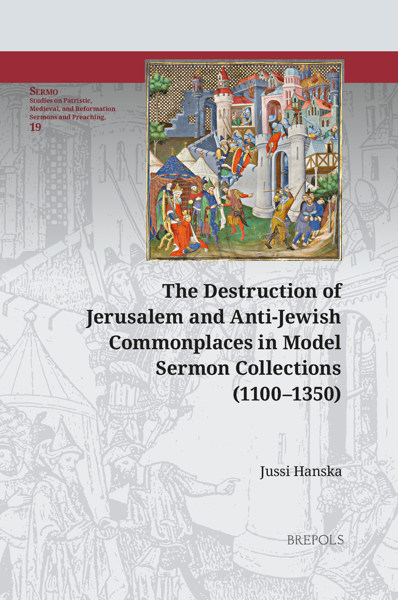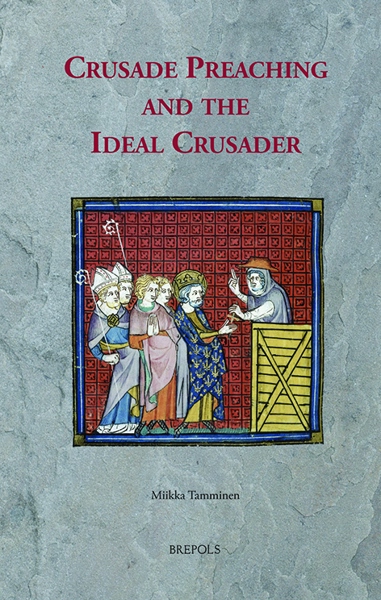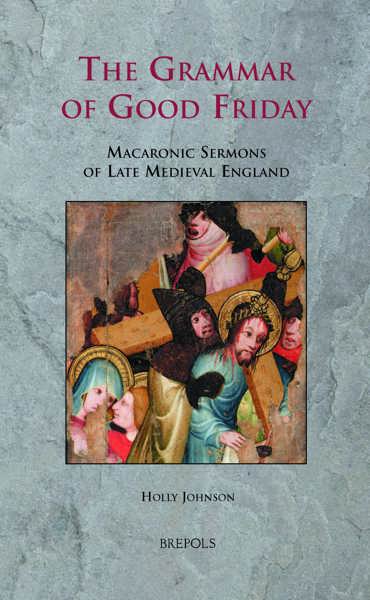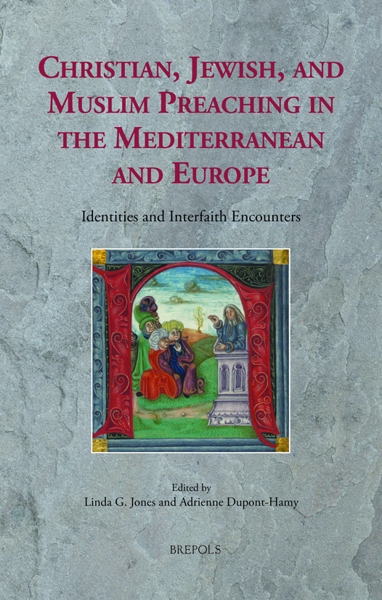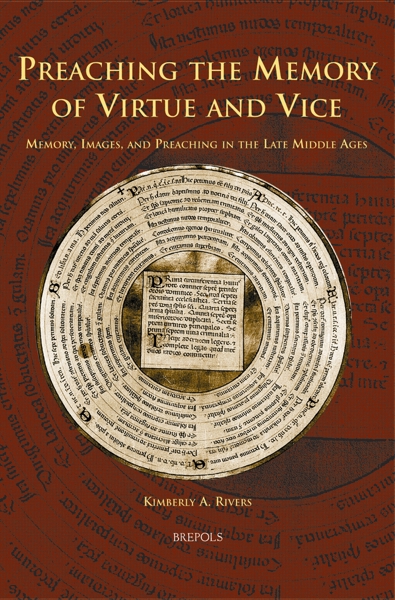
The Destruction of Jerusalem and Anti-Jewish Commonplaces in Model Sermon Collections (1100–1350)
Jussi Hanska
- Pages: 346 p.
- Size:156 x 234 mm
- Language(s):English
- Publication Year:2025
- € 110,00 EXCL. VAT RETAIL PRICE
- ISBN: 978-2-503-60949-2
- Hardback
- Available
- € 110,00 EXCL. VAT RETAIL PRICE
- ISBN: 978-2-503-60950-8
- E-book
- Available
Explores the diffusion of anti-Judaic stereotypes and topoi in the thirteenth- and early fourteenth-century model sermon collections.
Jussi Hanska, University Lecturer at the University of Tampere, Finland (History Didactics) and adjunct Professor at the University of Helsinki, Finland (Church History). Former council member and vice-president of the International Medieval Sermon Studies Society, published two monograph books and numerous articles on medieval preaching
This book analyses the diffusion of anti-Judaic stereotypes and topoi in thirteenth- and early fourteenth-century model sermon collections. It concentrates on the sermons on Luke 19.41-48 where Jesus foretells the Destruction of Jerusalem. The preachers took the view that the Destruction of Jerusalem was divine vengeance for the Jews because they killed Jesus. Thus, these sermons were a good venue for those preachers who wanted to preach against the Jews.
Model sermon collections were the closest thing to modern mass media. Consequently, their role in the diffusion of anti-Judaic attitudes was significant. The anti-Judaic writings of the early Church Fathers were only read by few literate church men, whereas model sermons reached the illiterate masses all over Christianity. Therefore, they played a major role in diffusing anti-Judaic attitudes amongst the population at large and thus contributed to the marginalization of the Jews, to various libels, expulsions, violence, and eventually to large-scale pogroms.
Introduction. The Destruction of Jerusalem and the Christian Church
Quid novi?
Preaching on the Destruction of Jerusalem — How Common Was It?
How to Read This Book
Chapter 1. The Destruction of Jerusalem and its Earliest Representations
Contemporary Sources on the Jewish War
The Apostolic Period and Patristic Literature
The Post Patristic Sources
Chapter 2. Sermons and Anti-Judaic Literary Topoi
Murderers of Christ
Thirty Silver Pieces
The Jews as Cannibals
Obdurate Jews
What is left unsaid
Chapter 3. One Pericope, Many Approaches
The City of the Soul
The Theology of Tears
Domus mea domus orationis est — Two Houses of God
Erat quotidie docens in templo — An Exhortation to Preach
Choosing the Epistle Instead
Conclusions
Bibliography
Index of Manuscripts
Index of Names and Places
Index rerum
